Buy Rembrandt van Rijn, The Entombment, 1654 etching as a reproduction on canvas, ArtFrame, poster and wallpaper, printed on demand in high quality.
About "Rembrandt van Rijn, The Entombment, 1654 etching"
About the artwork
Rembrandt van Rijn (Dutch, 1606 - 1669), The Entombment, c. 1654, etching, drypoint and burin.
Rembrandt his ink turns the previously brightly lit scene into a dark one in which only the faces and hands of the central figures are illuminated. By initially leaving this tone on the copperplate and wiping away the ink only where he wanted to leave touches of light, Rembrandt printed both the etched lines and the layer of ink left on the surface. As a result of this exceptional painting of the plate before printing, each impression Rembrandt pulled was unique.
Of what Rembrandt really was we can know but little except through his paintings, his etchings, his drawings. His extreme absorption in work, which during his good days was a happiness and during his bad days a relief, separated him as a great worker, little known to the men of his day, in such a way at least as we might have fairly expected. Now, at length, we know all the ordinary facts of his life, the legends have melted away, and we can follow year by year the quiet accomplishment of his enormous tasks. Whatever of make- believe romance has faded, the real Rembrandt is still a poetic character from the very simplicity of his life, and the feeling we have of an interior one that fills his work and is only known thereby. His fame has increased year by year to such an extent that he represents in the story of the world a great part of the value of that native land which did not understand him. No one has be
Old Master collections
Discover more Old Masters in the following collections:
 Germany
Germany Ordered in December 2021
Ordered in December 2021
 Netherlands
Netherlands Ordered in May 2019
Ordered in May 2019

 Netherlands
Netherlands Ordered in January 2023
Ordered in January 2023
 Netherlands
Netherlands Ordered in January 2021
Ordered in January 2021
 Netherlands
Netherlands Ordered in November 2020
Ordered in November 2020
 Netherlands
Netherlands Ordered in November 2017
Ordered in November 2017
 Germany
Germany Ordered in April 2022
Ordered in April 2022
 Germany
Germany Ordered in August 2022
Ordered in August 2022
 Germany
Germany Ordered in October 2021
Ordered in October 2021
 Netherlands
Netherlands Ordered in June 2019
Ordered in June 2019
 Germany
Germany Ordered in August 2025
Ordered in August 2025
 Germany
Germany Ordered in January 2022
Ordered in January 2022
About the material
ArtFrame™
Interchangeable Art Prints
- High-quality print
- Easily interchangeable
- Acoustic function
- Large sizes available
Discover the Old Masters collection
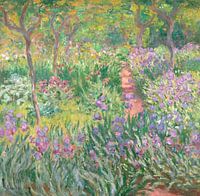 The Artist’s Garden in Giverny, Claude Monet
The Artist’s Garden in Giverny, Claude Monet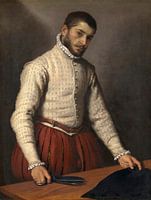 The Tailor, Giovanni Battista Moroni
The Tailor, Giovanni Battista Moroni Italian landscape with pine trees, Hendrik Voogd
Italian landscape with pine trees, Hendrik Voogd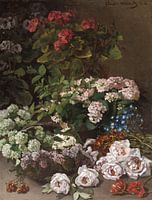 Spring Flowers, Claude Monet
Spring Flowers, Claude Monet The Mirror, Robert Reid
The Mirror, Robert Reid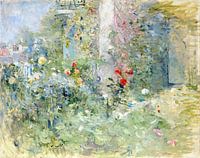 The Garden at Bougival, 1884 (oil on canvas)
The Garden at Bougival, 1884 (oil on canvas)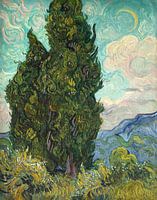 Cypresses
Cypresses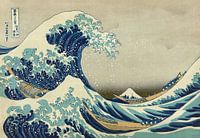 The great wave of Kanagawa, Hokusai
The great wave of Kanagawa, Hokusai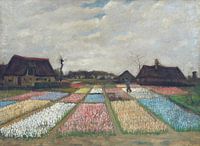 Vincent van Gogh. Flower beds in Holland
Vincent van Gogh. Flower beds in Holland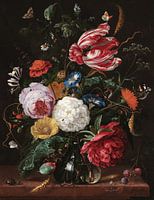 Flower arrangement, Jan Davidsz. de Heem
Flower arrangement, Jan Davidsz. de Heem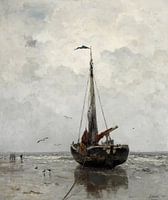 Jacob Maris - Fishing boat
Jacob Maris - Fishing boat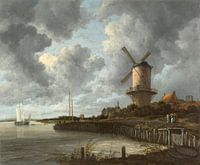 The mill at Wijk bij Duurstede, Jacob Isaacksz. van Ruisdael
The mill at Wijk bij Duurstede, Jacob Isaacksz. van Ruisdael Portrait of a woman, anonymous - 1633
Portrait of a woman, anonymous - 1633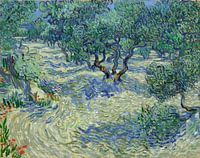 Vincent van Gogh. Olive orchard
Vincent van Gogh. Olive orchard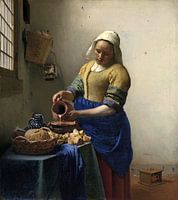 The Milkmaid - Vermeer painting
The Milkmaid - Vermeer painting Agapanthus, Claude Monet
Agapanthus, Claude Monet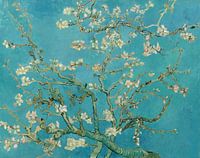 Almond blossom painting by Vincent van Gogh
Almond blossom painting by Vincent van Gogh The School of Athens, Raphael
The School of Athens, Raphael A Amsterdam street scene - Adrianus Eversen
A Amsterdam street scene - Adrianus Eversen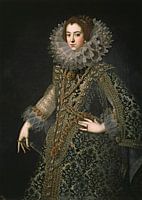 Queen Elizabeth of Bourbon
Queen Elizabeth of Bourbon
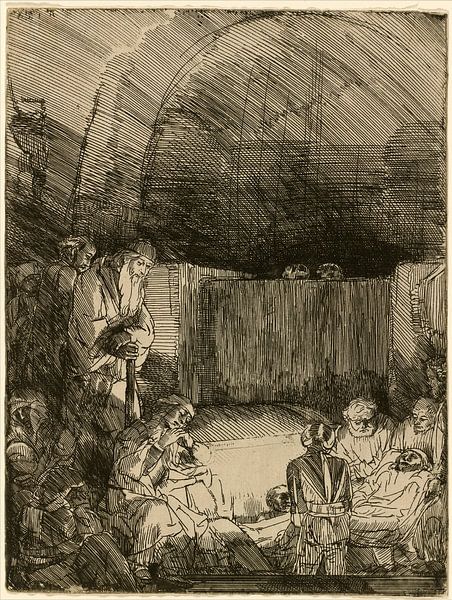
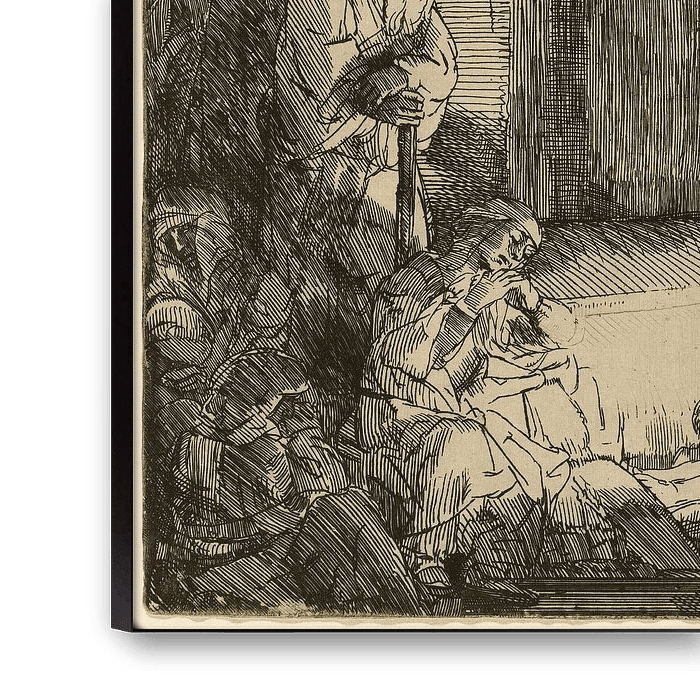

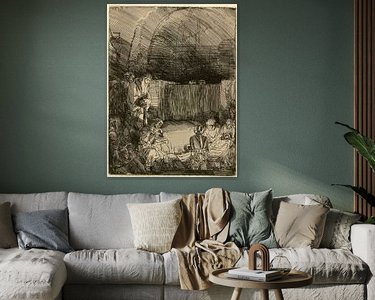


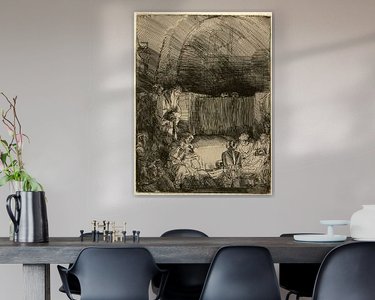

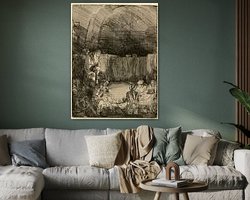




 Golden Age
Golden Age Graphics
Graphics Mysterious Spheres
Mysterious Spheres Old masters
Old masters Rembrandt van Rijn
Rembrandt van Rijn









